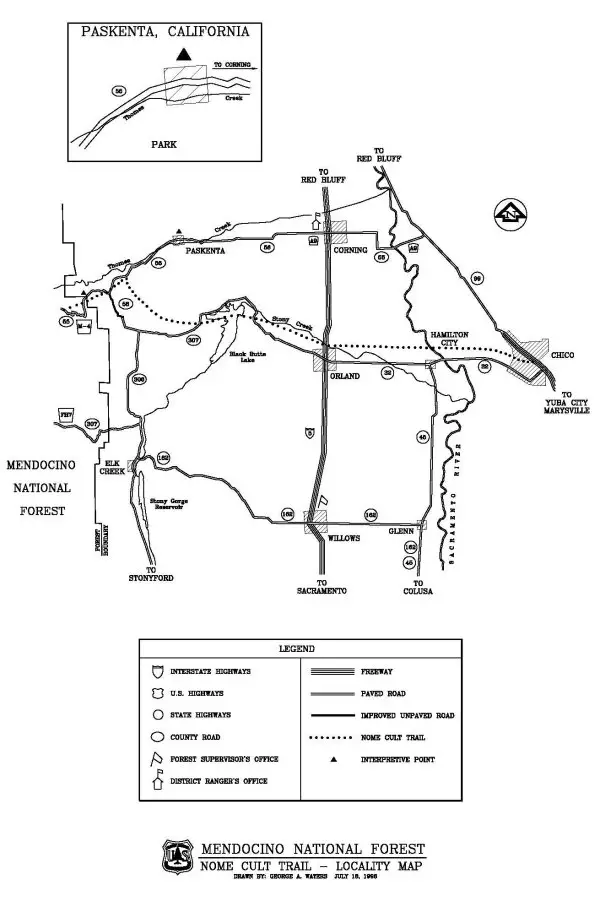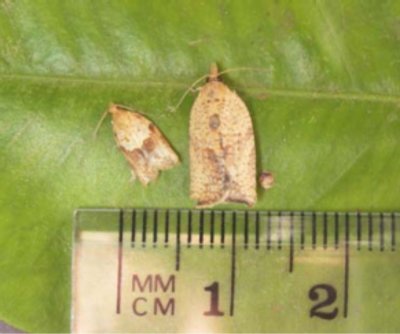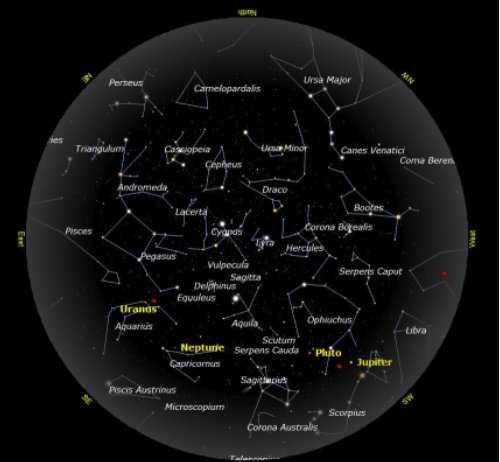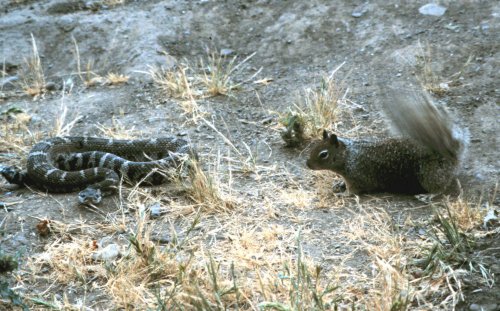KELSEYVILLE – With a federal case over Konocti Harbor Resort and Spa now settled, the attorney for the resort's owners and the US Department of Labor are offering insight into the lawsuit's back story.
The Department of Labor filed the lawsuit in November 2004 against Local 38 of the United Association of Plumbers, Pipefitters and Journeymen, whose Convalescent Trust Fund, Lakeside Haven, has owned Konocti Harbor since 1959.
Labor Secretary Elaine Chao alleged that Local 38 had used pension funds “imprudently” by investing millions in the operation of Konocti Harbor.
James P. Baker of the San Francisco-based Jones Day law firm was the lead attorney for Local 38 in the suit.
“Everybody is happy to have this dispute resolved and it was resolved amicably,” said Baker.
He added, “My clients didn't admit they did anything wrong and I don't think they did anything wrong.”
Baker said the underlying lawsuit was specifically related to whether or not the union should have invested in Konocti Harbor.
“That's going to prove out to be a pretty good deal,” said Baker.
As part of the settlement, Local 38 agreed to appoint WhiteStar Advisors LLC as an independent fiduciary to oversee the resort's sale, said Baker.
WhiteStar, he said, “had been working for us for over two years by the time of the settlement” on the resort sale. “We were already doing the right thing.”
Baker said Local 38 decided to sell the resort in the last few years.
“The thrill was gone from being in lawsuits with the Department of Labor,” which Baker said have been ongoing since 1979.
Baker said the Department of Labor has investigated Local 38 five times about the same question – whether or not Konocti Harbor was a good investment for the pension funds.
It was in everyone's best interest to settle the case, said Baker, adding that the union felt it had a number of good defenses.
Baker joined Local 38 not long before this current lawsuit was filed, he said.
Lawrence Mazzola Sr., son of labor leader Joe Mazzola, remains the union's business manager, but will resign as a pension fund trustee by year's end as a condition of the settlement, as will most of the other trustees, said Baker.
Lawrence Mazzola Jr. and another trustee are the only two being allowed to stay on as trustees, which was “one of the big bones of contention,” said Baker. The two men must undergo fiduciary training in order to continue in their trustee capacity, according to the settlement terms.
If and when Konocti Harbor sells, Baker said Local 38 will still have a presence in the county. “They're going to keep about 10 acres on the lake for a kids camp and recreation area,” he said.
Labor Department describes its role
Wayne Berry, one of the Department of Labor attorneys on the case, said he and colleagues Peter Doland and Megan Guenther took over for a retiring attorney who had originally been assigned the lawsuit.
Berry said the Department of Labor had sued Joe Mazzola and many of the other pension fund trustees in the early 1970s not long after the Employee Retirement Income Security Act (ERISA) was established. That law is meant to oversee how retirement plans are managed.
That original lawsuit, said Berry, was for loan-type transactions, and was not directly related to Konocti Harbor.
In that case, he said, Local 38 hired a doctor to do a feasibility study for a spa at Konocti Harbor. The union borrowed against the resort to get a loan to pay for the study.
It came out at trial that the doctor had no ability to do a feasibility study of how worthwhile it would be to add a spa to the resort, said Berry.
The 2004 lawsuit settled recently didn't involve loans but undocumented, unsecured transfers of cash from Local 38's pension fund to its Lakeside Haven Convalescent Trust Fund, which owns Konocti Harbor.
Berry said there have only been the two lawsuits between the Department of Labor and Local 38 relating to pension plans, although the government has investigated the union on other occasions.
The 1970s lawsuit went on for some time, said Berry. “After we won at trial they appealed at the Ninth Circuit.”
The case eventually went to the Supreme Court, where Local 38 lost the case, Berry said.
Fund was suffering annual losses
Berry said Local 38 needed to show that its investment in Konocti Harbor followed ERISA's rules for prudent use of pension plan money.
The Convalescent Trust Fund's operations, including Konocti Harbor, usually lost about half a million dollars a year, said Berry. Department of Labor spokesperson Gloria Della added that the Convalescent Trust Fund itself was not an ERISA fund.
The lawsuit alleged Local 38 had transferred $36 million from the pension funds to the Convalescent Fund for Konocti Harbor's operations and improvement.
Guenther said the Department of Labor's investigation found that between 1994 and 2004 the union had transferred a total of $54 million to the Convalescent Trust Fund.
“One of the big problems in this case is it's so hard to track that stuff down because there were no records,” Berry said.
While Local 38 has hired WhiteStar to sell the property, Berry pointed out, “The consent order itself does not have any language that says the resort must be sold.”
The Department of Labor doesn't have the power to make that demand, he said.
However, he added, “Part of the recovery that the ERISA plan is going to get is the proceeds of the sale,” which is the only asset the union has to make up the money.
Local 38 also will be reimbursed for a $4 million loan it made to the Convalescent Trust Fund in 2000, when the Convalescent Trust Fund was hit with a foreclosure action on a loan for which Konocti Harbor was the security, Berry explained.
Berry said numerous appraisals of the resort were completed for the lawsuit, with the main one used for the trial in the $11 million to $13 million range.
Court documents show that Page Mill Properties of Palo Alto is a possible buyer for the property. The possible purchase price, the documents report, is $25 million.
Berry said he felt the case moved through the courts in a normal, even quick manner. The more than $500,000 Local 38 was required to pay the government was a civil penalty established by statute, he said.
Della said that, as a general rule, the Department of Labor doesn't point to any one source for the basis of an investigation like this one. Rather, she said, cases are derived from a variety of sources, including informal and random looks at ERISA funds and concerns from people who administer the plans.
However, in the Local 38 suit, the case was referred to the Department of Labor by the Internal Revenue Service. Court documents Della referenced show that the IRS began an audit of Local 38's pension plan in November 1999, when it referred the plan for investigation of possible fiduciary breaches.
E-mail Elizabeth Larson at This email address is being protected from spambots. You need JavaScript enabled to view it..
{mos_sb_discuss:2}

 How to resolve AdBlock issue?
How to resolve AdBlock issue? 
















